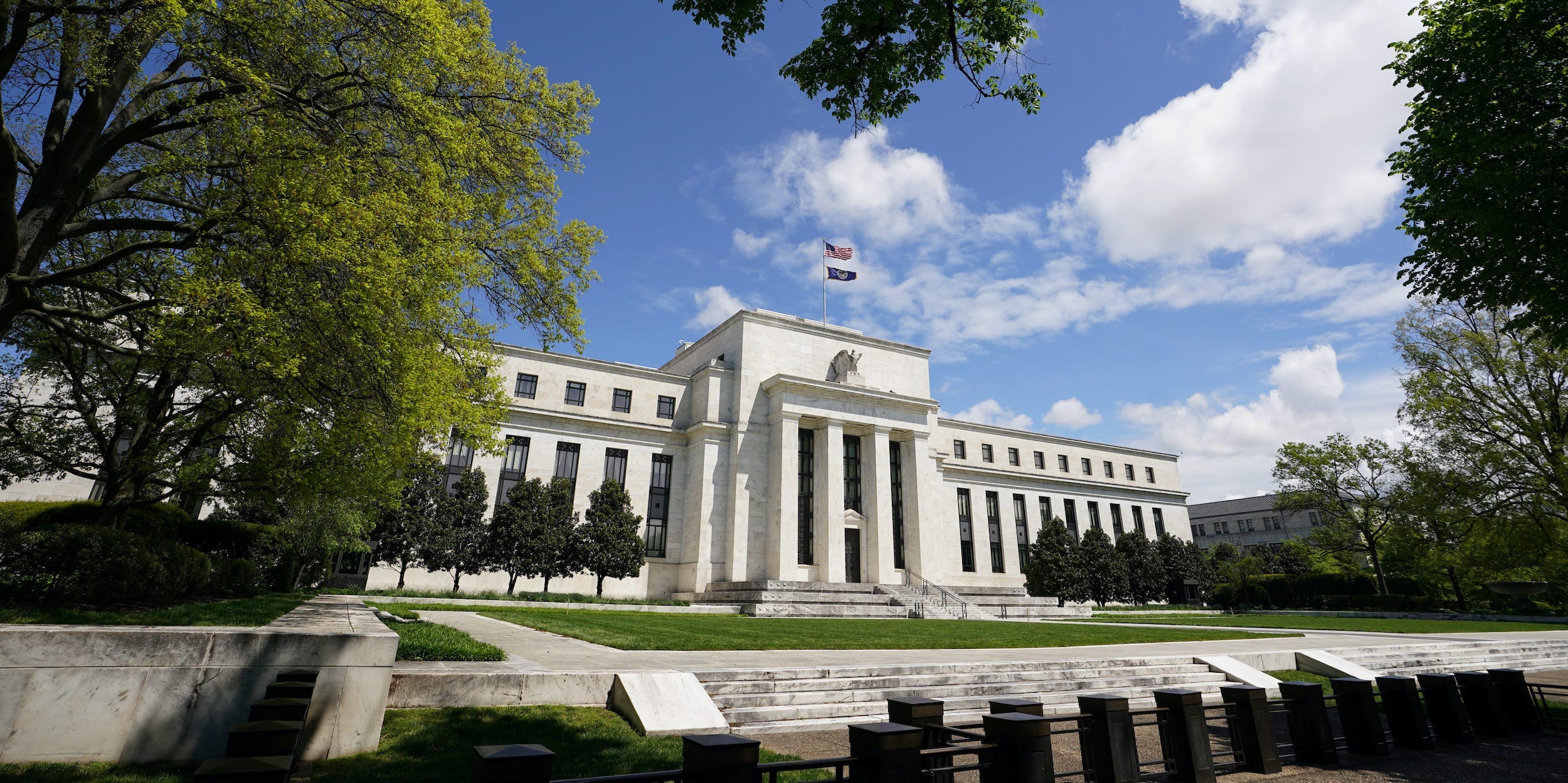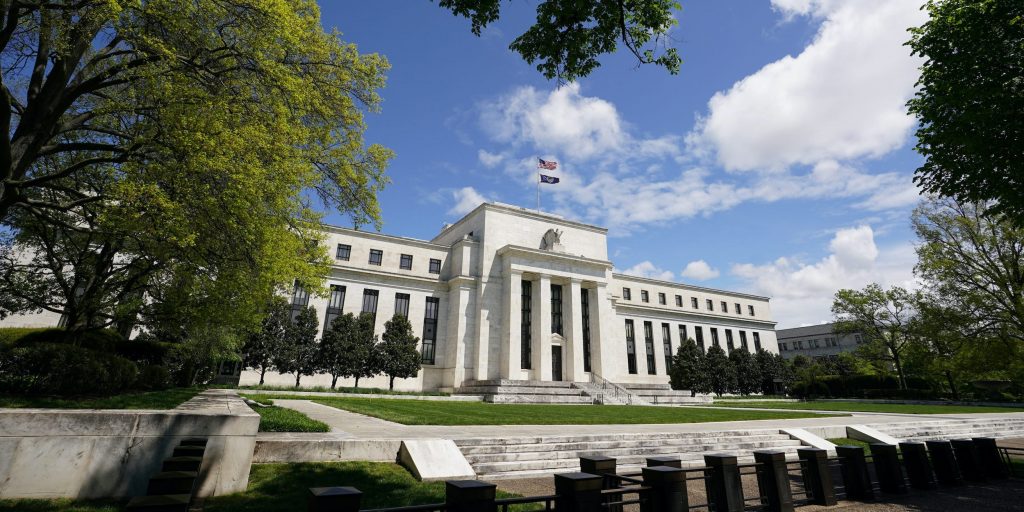
- Minutes from the Federal Reserve's July meeting reveal when it could start removing policy support.
- Most participants saw reason to start shrinking the Fed's emergency asset purchases later this year.
- Still, members disagreed on the speed, schedule, and composition of tapering purchases.
- See more stories on Insider's business page.
There's an end in sight for the Federal Reserve's drastic economic support.
A majority of the central bank's policymakers determined late last month the Fed could start reducing the amount of money it's feeding into the economy as early as this year, minutes from the Federal Open Market Committee's July meeting showed Wednesday.
"Most participants noted that, provided that the economy were to evolve broadly as they anticipated, they judged that it could be appropriate to start reducing the pace of asset purchases this year," the minutes said.
The statement is the first to reveal any kind of timeline for the Fed's tapering of the asset purchases that began at the start of the pandemic. Paired with near-zero interest rates, these measures were meant to promote borrowing and support financial markets.
Still, the minutes show just the first step toward adjustment." The Fed isn't any closer to formally announcing the reduction of their extraordinary support," Ed Moya, senior market analyst at OANDA, said in a note, adding an announcement is most likely to land after the November FOMC meeting.
The shift in outlook was tied to progress toward the Fed's two recovery goals. Fed Chair Jerome Powell had long said supportive policy would remain in place until "substantial further progress" was made toward above-2% inflation and maximum employment.
Attendees at the July meeting determined that criterion was "satisfied" for the Fed's inflation goal, and "as close to being satisfied" for its employment target, according to the minutes. Because of that progress, several FOMC members noted that strong economic conditions warranted tapering its Treasury and mortgage-backed security purchases "in coming months."
Fed still split on the details
The taper timeline didn't receive unanimous backing. Several participants said a reduction in asset purchases should come early next year instead, noting the labor market hadn't healed enough to warrant a pullback. Others felt that tapering shouldn't happen "for some time" due to rising COVID cases and their effect on hiring.
And details around the Fed's eventual tapering are scant. FOMC members laid out a "range of views" on how quickly they should shrink purchases. Some preferred completely ending asset purchases before the Fed lifted interest rates, while others argued reasons for tapering were different than reasons for raising rates.
Disagreements also emerged over which purchases should be tapered first. Most participants said shrinking the Fed's buying of Treasurys and mortgage-backed securities proportionally was most effective. However, some said reducing MBS purchases more quickly made sense due to surging home prices. A handful of regional Fed presidents have raised concerns about the red-hot housing market in recent months and mulled a faster withdrawal of MBS purchases.
The FOMC next meets on September 21 and 22, meaning any policy change is still more than a month away. Powell will speak at the central bank's annual symposium in Jackson Hole, Wyoming, which is scheduled to take place from August 26 to 28.
Dit artikel is oorspronkelijk verschenen op z24.nl

